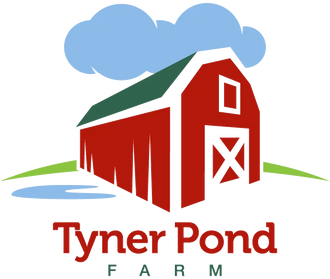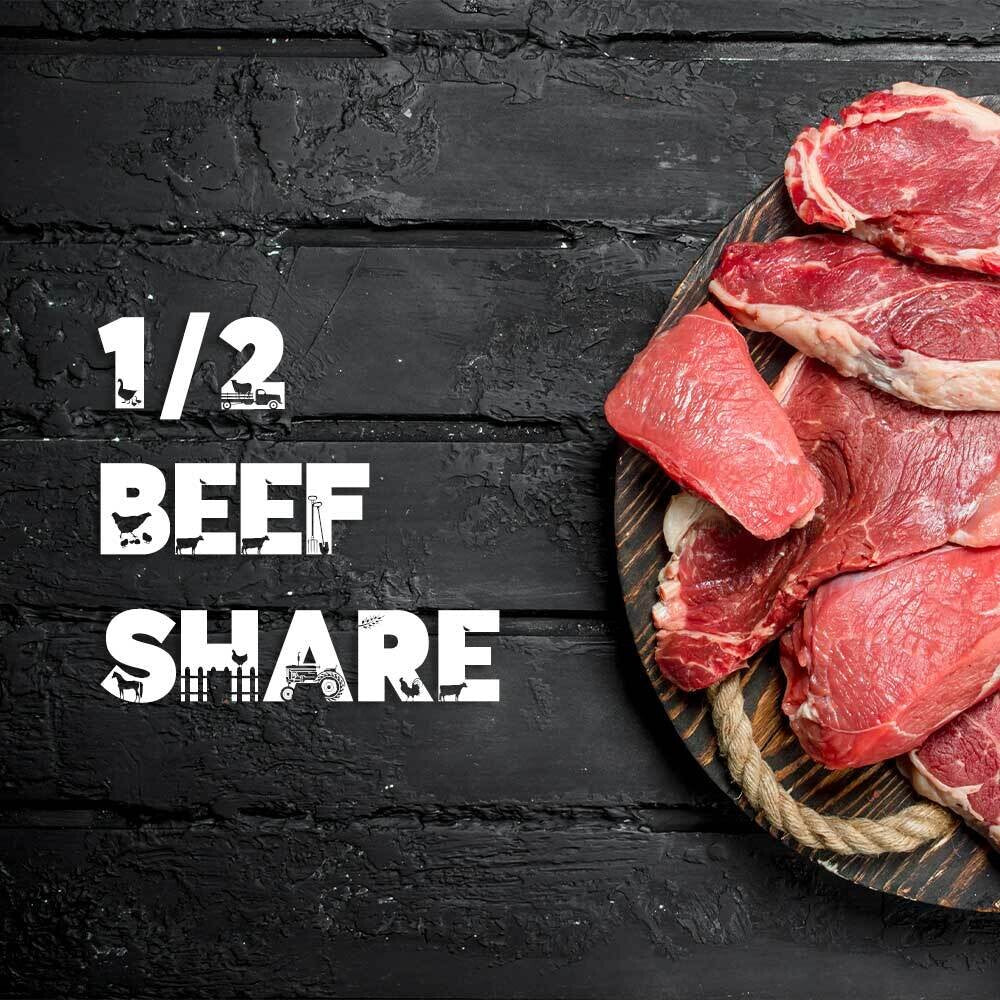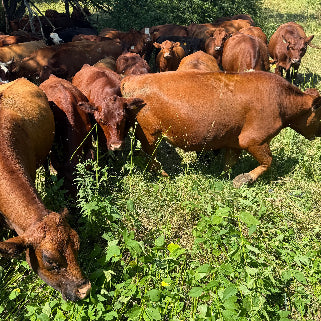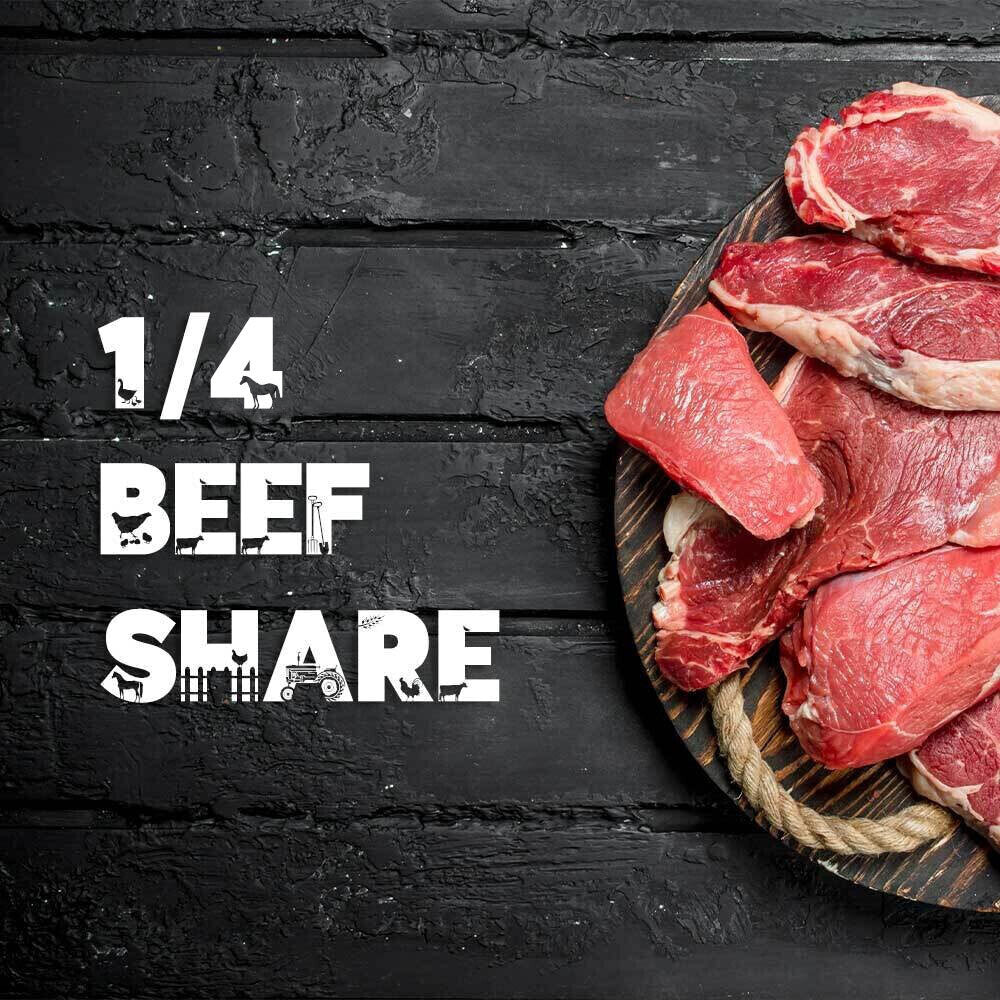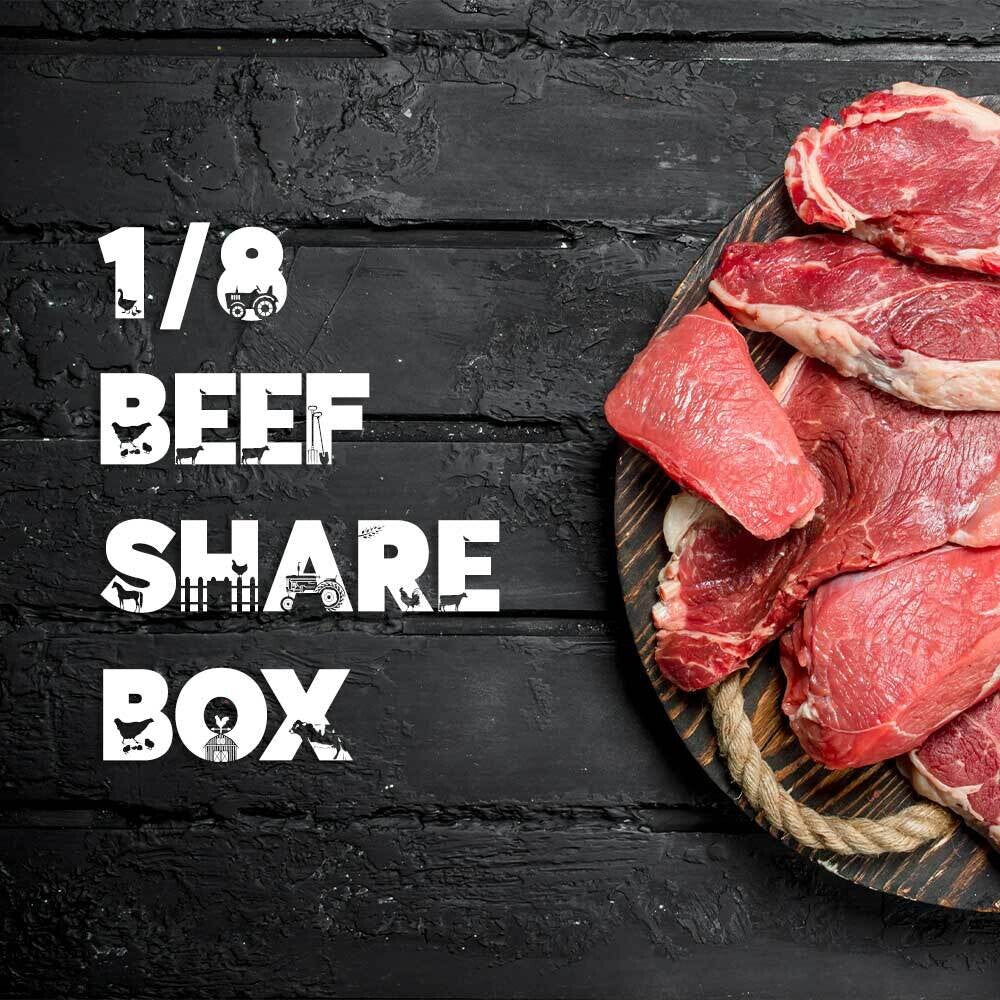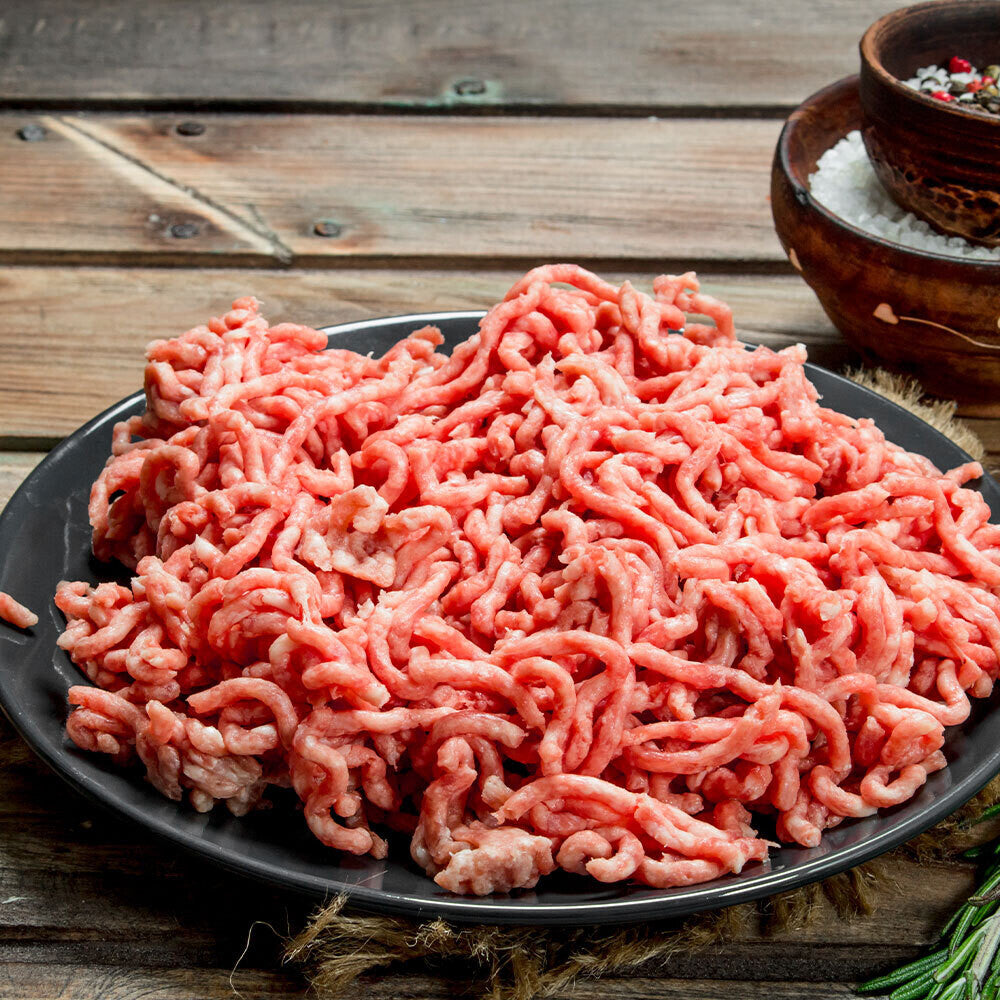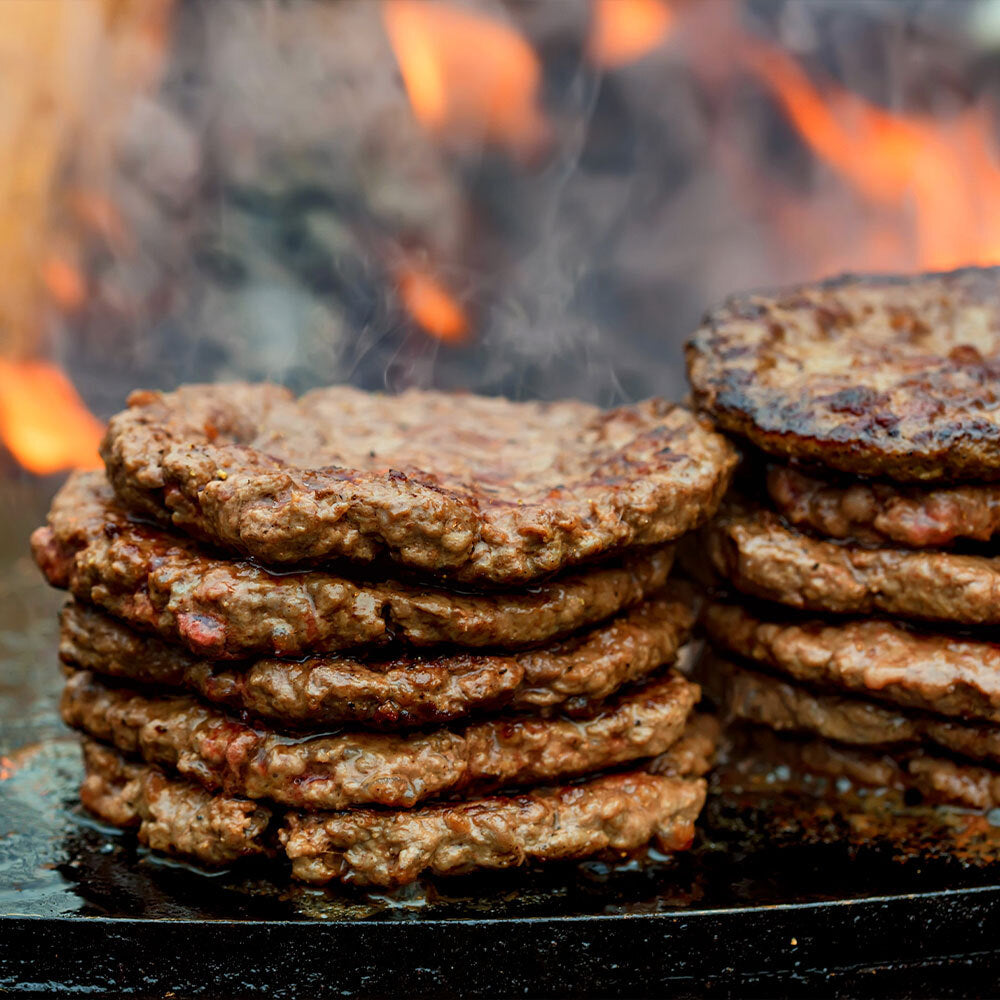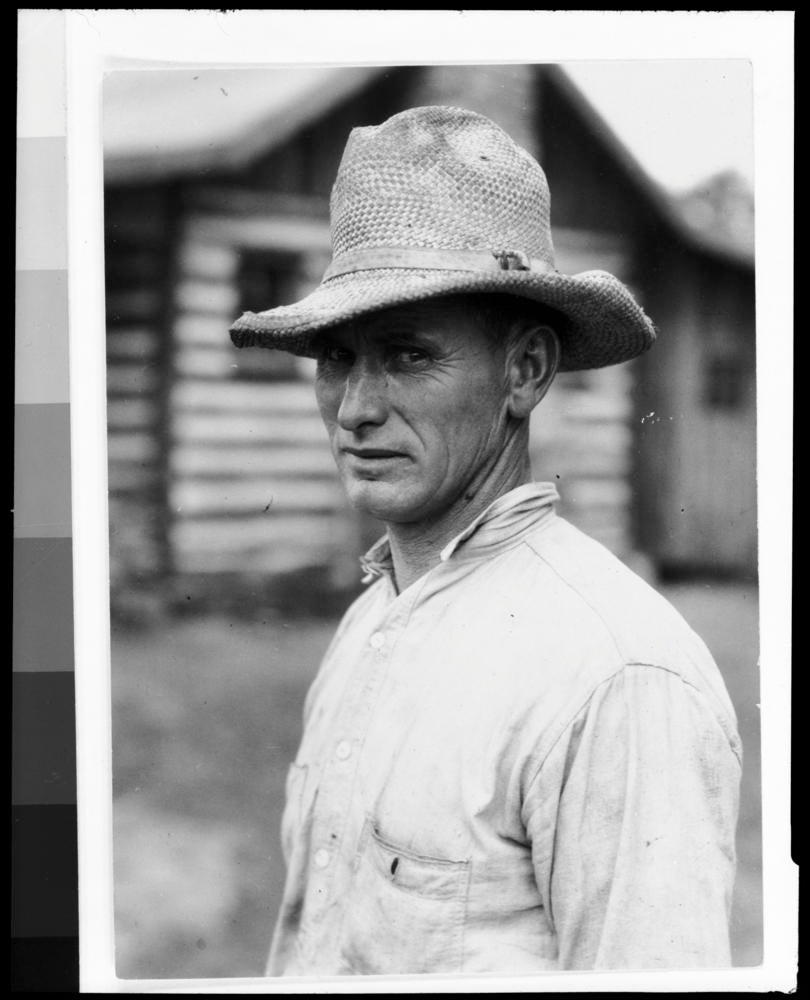
The 1850 Indiana Farmer: A World-Class Athlete?
The 1850s Indiana farmer didn’t go to the gym. He didn’t track his macros, take supplements, or count steps. But by the standards of today, he would’ve been a world-class athlete.
Plowing one acre with a mule or horse meant walking about eight miles, steady and braced, gripping a wooden handle, forcing steel into earth with body weight and muscle. It wasn’t just a walk—it was a constant push. Arms, shoulders, back, legs. The physical demand was relentless.
That was just one part of the day.
The same farmer might haul water by the bucket, split cords of wood, butcher livestock, stack hay by hand, or dig a post hole with nothing but a shovel and grit. His whole day was movement—functional, purposeful, and unforgiving.
So what fueled that kind of daily output?
Food That Was Earned, Not Engineered
Before industrial food and fossil fuels, people ate what they could grow, raise, or trade. If it didn’t come from nearby, it likely didn’t come at all.
-
Bread was dense and real. Made from whole, stone-ground wheat like Red Fife, every loaf contained the full grain—bran, germ, and all. Nothing was enriched or bleached. Bread wasn’t a side; it was a primary source of energy.
-
Meat came from the land. Pigs, chickens, and cattle were raised on pasture or in wooded areas. They weren’t given antibiotics or confined. People used the whole animal.
-
Vegetables were seasonal. Greens came from the garden when the season allowed. In winter, families leaned on root vegetables, fermented foods, dried fruit, and beans stored in the cellar.
-
No sugar, no seed oils, no packaging. Fats came from tallow, lard or butter, not chemistry. Sweetness came from dried apples or maple syrup, not high-fructose corn syrup.
This wasn’t a diet—it was just food. It wasn’t “clean eating”—it was just 'eating'.
What About Health?
It’s easy to assume life expectancy was short back then. And it’s true that without antibiotics or an understanding of germ theory, infections and accidents took lives early. But if a person made it through childhood and avoided acute illness or injury, they often lived long, active lives.
They didn’t suffer from chronic disease the way we do now. Obesity was rare. Type 2 diabetes, virtually unheard of. Autoimmune conditions, heart disease, and metabolic disorders weren’t common. The human body was still operating in the environment it was built for—moving daily and fueled by food that hadn’t been stripped down or manipulated.
What Changed?
It wasn’t just medicine that extended lifespans—it was also food that shortened healthspans.
Starting in the late 1800s and accelerating into the 20th century, we stripped wheat of its nutrients, refined sugar into a staple, removed fat from milk and meat, and introduced synthetic vitamins to make up for what processing had taken away. Meanwhile, movement became optional. Calories became cheap. Food became a product.
And we’ve paid the price—not all at once, but slowly. Quietly.
The Takeaway
The 1850 Indiana farmer didn’t have a perfect life. But his food was real, and his work was honest. He didn’t suffer from diseases of excess or deficiency—because his life was built around necessity.
At Tyner Pond Farm, we try to carry that forward. We raise animals on pasture, respect the seasons, and never lose sight of where food really comes from—or what it’s supposed to do. Because real health doesn’t come from a label. It comes from the land, the labor, and the choices we make with each meal.
